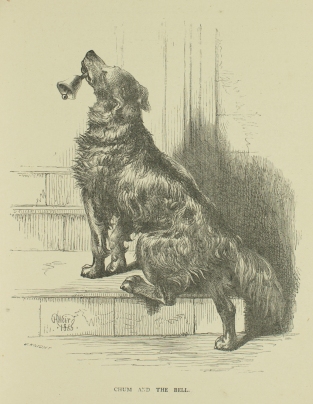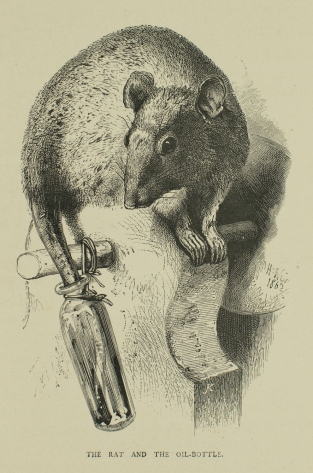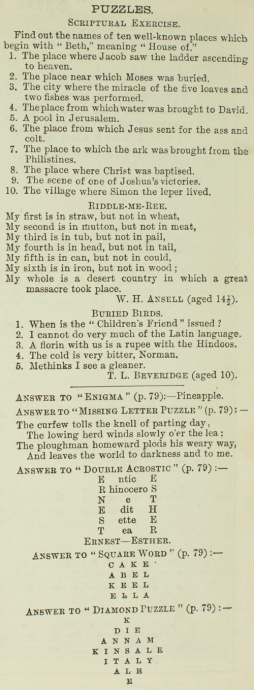Hello again,
A week or so into our new roles as researchers we found two books that would be perfect for our subject of Victorian animal culture. These books were called Anecdotes of Animals and Birds and Animal Sagacity.
The books were not in our collections so we decided to request them both through what’s called an ‘inter-library loan’ which costs a little money but is worth it for these books. Unfortunately, our requests were declined by the few numbers of libraries that actually had the books. With this, Roisin and I decided to look online for places where we could buy the books at a reasonable price, successful, we gave the links to our supervisor.
A few weeks later, i.e. this week, they finally arrived! Honestly, I had forgotten about the books but when we looked at them I was so happy that we had managed to get them ordered because they are books dedicated to the imagery of animals and published by S. W. Partridge. These are the publishers of many of the periodicals that we have used in our project so far such as The Family Friend, the Children’s Friend and The British Workman.
For the blogs we have decided that – because there are two of us and two books –we would write about one each. I have chosen the Animal Sagacity book, which is a book about animals and their intelligence. Their images all show an animal doing something either considered to be intelligent for animals or something ironic to the fact.
An example would two images; one of a dog and one of a rat. Just like in modern day, their species was typecast into specific roles in society; the dog is the loyal companion while the rat is the scrounger.


The top image shows a dog holding a bell (aw) upwards towards a door suggesting that he is intelligent to have learned how to tell his owners that he wants to be on the other side of the door without the owner having to guess whether he is hungry or has seen a squirrel. This image depicts intelligence and happens to be with an animal that Victorian society and contemporary society is quite fond of. The other image – of the rat – (boo) shows a rat perched on a nook with his tail stuck inside a glass jar of sorts. The rat has been trapped as he has been doing something that was not wanted by Victorian society. I mentioned earlier that the images all represent intelligence one-way-or-another and I stand by this statement with the image of the rat, too. This is because the rat has been able to sneak around and teach itself that it can find food and other things within a human’s world. They have taught themselves over time to not be afraid. The rat must have succeeded in past attempts due to its being there in the first place but also, the rat does not appear to be in a state of distress. This shows it’s acknowledgement of the situation and calmness, I believe, is a form of intelligence.
The images are great examples of how Victorians saw animals differently dependent on their background and their species. I also believe that seeing this I a book dating back to the 19th century, brings us closer, as people, to our ancestors. They hated rats, too.
Unfortunately, this week’s blog will have to be wrapped up rather quickly because we only have two weeks left but we have so much work to do before we leave! We have still yet to complete the brochures, the script and the audiotape. Ah stress. So much stress! As always I will attach the week’s puzzles and wish you luck!

Thank you for reading and don’t forget to like, comment and share!
Jade x

